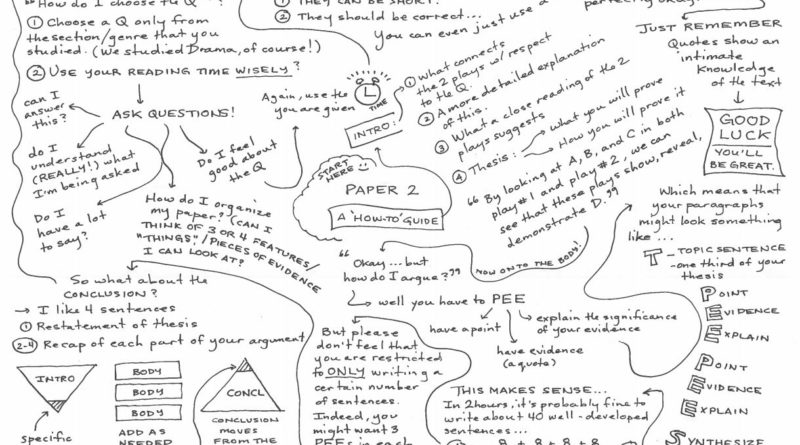Succeeding in the DP Lang. and Lit. Paper 2
Paper 2 is the comparative essay portion of the IB English A exams. Students are required to write an essay in response to one of the provided questions, which are broad and open-ended, allowing for creative and critical engagement. You will compare two literary works studied during your course, analyzing themes, techniques, and contexts.
The assessment tests several skills, including:
- Your ability to analyze literary features and techniques.
- Your understanding of the works’ contexts and how they influence meaning.
- Your ability to construct a focused and coherent argument.
- Your capacity to compare and contrast the chosen works effectively.
Structure of Paper 2
- The Prompt
Paper 2 typically includes six broad questions. These may focus on themes like power, identity, memory, or conflict, or on literary techniques like characterization, structure, or narrative voice. Your task is to choose one question and use two works to craft your response. - Time Limit
You’ll have 1 hour and 45 minutes to write your essay, so time management is critical. - Assessment Criteria
The essay is graded on four main criteria:- Knowledge and Understanding: Depth of insight into the texts and context.
- Analysis and Evaluation: Quality of literary analysis and argumentation.
- Focus and Organization: Clear thesis and logical structure.
- Language: Precision, style, and academic tone.
Strategies for Success
Understand Your Text
To excel in Paper 2, it’s essential to have a deep understanding of your chosen texts. Revisit them regularly, focusing on key themes, motifs, characters, and literary devices, while also considering the historical, cultural, and social contexts that influence their meanings. Create a comparison chart to identify similarities and differences in themes, characters, and stylistic features, which will make it easier to draw connections during the exam. Since the core of Paper 2 is comparative analysis, practice writing paragraphs that explicitly link the two works, using comparative language such as “similarly,” “in contrast,” or “where [Text A] explores X, [Text B] delves into Y.”
Understand Your Prompts
Familiarizing yourself with past exam questions is another critical step, as it will help you recognize common themes and practice interpreting broad prompts to suit your chosen texts. Developing a strong thesis is equally important; your thesis should address the question directly and outline how you’ll compare the works. Avoid vague statements by focusing on specific themes, techniques, or contrasts that align with the prompt.
Create an Effective Structure
When structuring your essay, clarity is key. Start with an introduction that directly addresses the question, introduces your texts, and presents a clear thesis. Organize your body paragraphs around specific aspects of the question, incorporating comparisons between the two works, and end with a concise conclusion that reaffirms your analysis. Use evidence wisely by quoting directly from the texts to support your points, ensuring each quotation is seamlessly integrated and its significance explained.
Practice, Practice, Practice
Practicing under timed conditions is essential for developing comfort and efficiency. Simulate exam settings by writing practice essays within 1 hour and 45 minutes and reviewing your work against the assessment criteria to identify areas for improvement. Finally, focus on clarity and style throughout your essay. Write concisely, avoid overly complex language, and ensure your arguments are easy to follow with clear topic sentences and logical transitions. By combining thorough preparation with effective time management, you’ll be ready to succeed in Paper 2.




